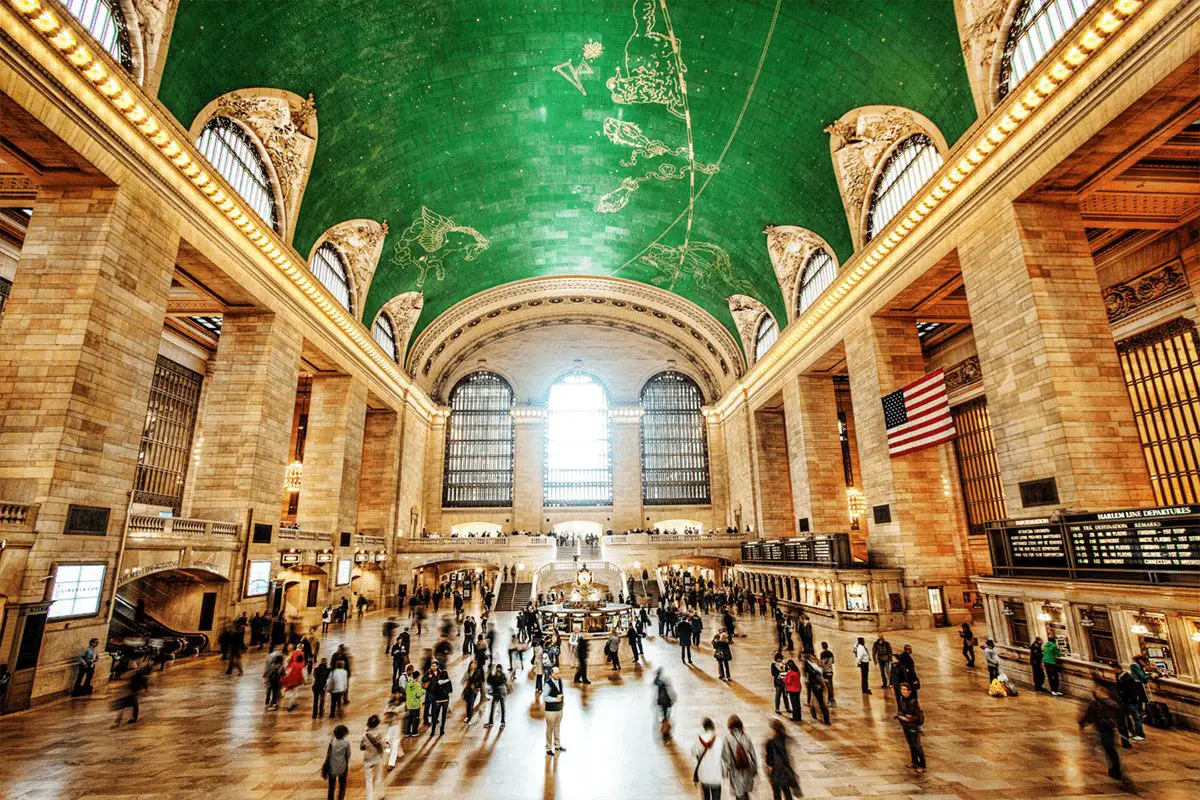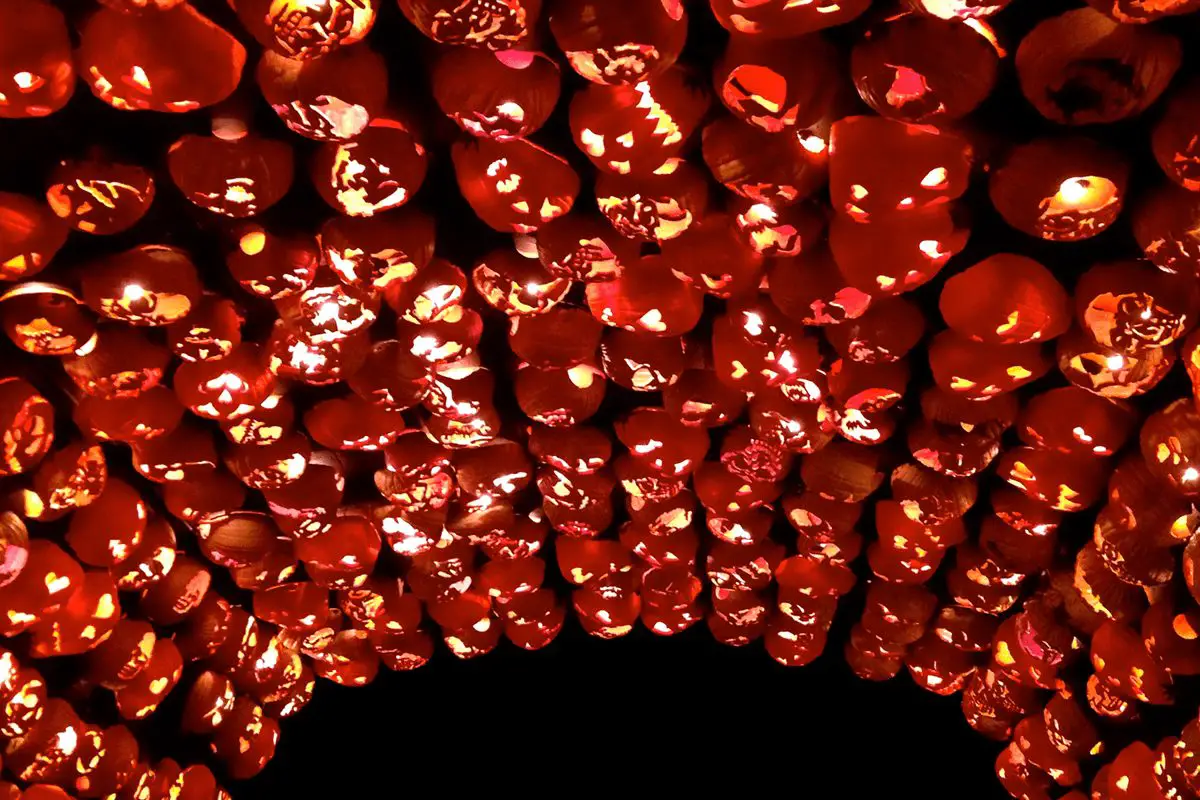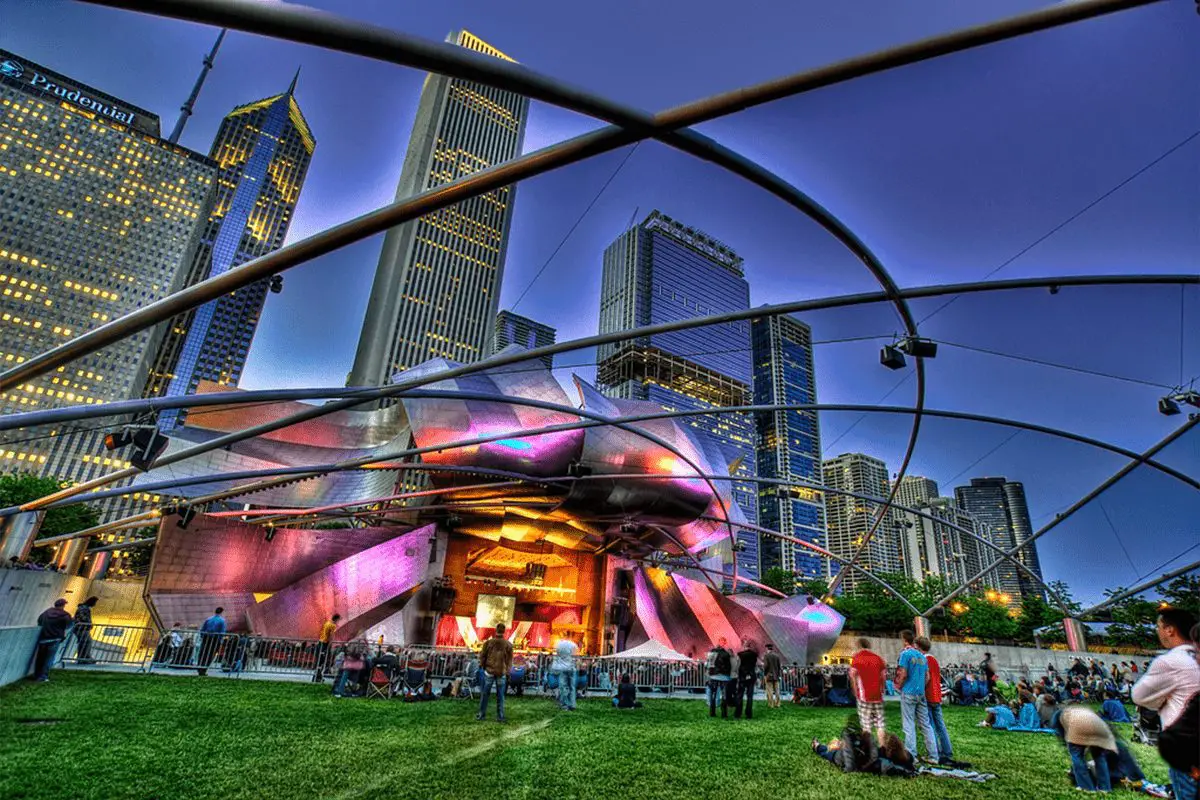Touring Grand Central With the Ambassador.
“When Grand Central opened, people were aghast! Simply aghast!”
If you can deliver that line with the best, most genuine New Yawker accent, with genuine enthusiasm and genuine dramatic arm flailings, you’ll begin to have an idea of what it’s like to spend the afternoon with the New York institution that is Grand Central Terminal’s Ambassador, Dan Brucker.
Dan is as much a part of iconic Grand Central as its clock. Well, there’s actually two iconic clocks, and only one Dan, but that’s as it should be. Dan has been interviewed on his knowledge of Grand Central’s Grand history on the Discovery Channel, History Channel, National Geographic Channel, the Today Show, and on my travel series, Curious Traveler, on PBS. He was just made for TV. So, let’s start our tour.
The world’s largest train station (or train terminal, as Dan will correct you), Grand Central, is known as the ‘Temple of Transportation’ for good reason. In 1869, the designers wrote that ‘People who come to New York should enter a palace at the end of their ride and not a shed’. And indeed, today, when you stand inside the cavernous and majestic main concourse, more than a 100 years later, you’ll look around and say, mission accomplished.
But it had to be an engineering marvel as well as a design marvel. Completed in 1913, with the purpose of creating an underground transportation hub that didn’t disturb that prime Manhattan real estate above. As Dan points out, with 700 trains and 750,000 visitors coming and going every day, you never see any trains! Everything is buried underground, so you have this almost spiritual moment as you enter the ‘temple’ above, and transition into your destination on foot. But why make a train station so Grand at all?
Related: The Campbell At Grand Central—Still A Treasure Sans The Apartment
Well, the Vanderbilts, who made their name and wealth from the railroad, wanted a magnificent symbol of America’s transportation might. As Dan put it, “To shout out to the world that America was the leader in transportation!” Grand Central was to be the central point, or the home hub of their railroad. So the Vanderbilts hired the best designers to create their Temple of Transportation.
Between 1903 and 1913, the old train station was torn down, and replaced by the architectural firms of Reed and Stem and Warren and Wetmore, in that breathtaking Beaux-Arts style. Just to emphasize how palatial and grand the influences were, did you know that Grand Central was inspired by the Paris Opera House?!? If you look at a side-by-side comparison, you’ll see how similar they are. Especially the staircases. Amazing.
But what’s even more interesting is this: this temple, this palace, as grand as it is, was built for the everyday, ordinary commuter. So unlike the Paris Opera House, meant to be enjoyed only by the elite, Grand Central’s design is a truly American concept: beauty for everyone to enjoy.
So let’s check out some of that beauty. First stop: a heavenly look 125 feet up at the main concourse ceiling. You will see the most gorgeous mural, covering a staggering 35,000 feet. It’s the night sky, by artist Paul Helieu, and shows all the zodiac signs and constellations, in all their splendor. The only problem is, he got it all backwards.

As Dan explains, “The truth is: the artist was looking down and then looking up when he painted, and he got a mirror image. And the Vanderbilts, when they heard about this, they came down and they saw that the ceiling was alit with stars, and instead of ripping it all out, they came up with a much better explanation: they said, oh yes we know. which they didn’t. they said they did it on purpose, which they didn’t. “
And so the story goes. The Vanderbilts and Helieu continued to claim that the view was meant to be from God’s vantage point, looking downwards. But hey, it looks beautiful either way, right? Dan agrees, “Exactly. How many people would still look beautiful if they were turned all around?”
And that famous ceiling has another, more recent secret. If you look carefully, you’ll see a small patch of dark brown on the carefully restored blue. That’s a reminder of all the layers of smoke and filth piling up before modern restoration. Hard to believe it ever got that bad.
Now look around the concourse, at the other historic details. Like the old ticket booth, the old ‘Campbell Apartment’ sign: Once New York’s largest ground floor apartment, now a restaurant. Just outside the apartment, look for another sign: Vanderbilt Avenue. Combine that with the Vanderbilt Hall back inside, toss in a few acorns, and you’ll start to see that the Vanderbilts really put their stamp on the place. Wait, acorns?
Yes, that’s a little Grand Central secret. You’ll see acorns atop of the four-faced clock in the main concourse, and in the relief carvings over many of the doorways. They’re hidden like little Easter Eggs all over the terminal. Why acorns? Well, the story goes that since the Vanderbilts were self-made, they had no family crest. So, they chose the acorn, saying that, ‘From little acorns, mighty oak trees grow’. How wonderfully American is that?

And dangling from the branches of that mighty oak tree that is Grand Central, you’ll see those iconic chandeliers. When they were first created in 1913, they were dipped in 24-carat gold. Typical over-the-top Vanderbilt style, right? But look closely and you’ll see plain old light bulbs there too. Why plain light bulbs? Well, this was also a symbol of America’s might. Remember at the time, most people didn’t have electricity in their homes, so these chandeliers were more Grand symbols of America’s technological advances.
Here, you’ll also see another powerful American symbol: Grand Central’s iconic American Flag, hung here in the Main Concourse since 9/11.
Now look down at that famous four-faced opal clock in the center. It’s also full of secrets. Urban legend has it that the faces are made of pure opal, with an estimated value between ten and twenty million. Actually, they’re made of opalescent glass. But they’re still pretty.
Now, to cap off our tour, Dan takes us up a hidden secret passageway high above the terminal. It’s between the walls, over a glass catwalk, with the most amazing view out a tiny hidden window. In the picture below, we were at the top of the arch of the middle window. See us? We’re waving! Hi!
Then, we climbed higher still, up some rickety, rusty old ladders (how long have they been here?) – to hang out with Roman gods. I mean, what’s a temple without some Roman gods?
If you’re outside, looking up at the 42nd Street façade, you’ll see Grand Central’s iconic clock. It’s the world’s largest Tiffany glass clock, 13 feet in diameter, and has marked time for New Yorkers for a century. And we just climbed inside it, to get a better view. How great is this?
Above the clock are the powerful symbols of the mighty American railroad: The gods of transportation. As Dan explains: “Mercury is in the center, for speed, for industry. On Mercury’s right, there’s Hercules, for strength. And on Mercury’s left, there’s Minerva, the goddess of intellectualism, of thought, of contemplation. It takes all of this to make a mighty railroad. And it sure did. ”
The artist was Jules Felix Coutan, and when it was unveiled in 1914, it was considered the largest sculptural group in the world. And today it still stands as a mighty symbol of the great railroad.
For our last little Grand Central secret, look at the number VI on the clock. It’s actually a little window. And if you’re lucky enough to get a private tour of the Temple of Transportation from the Ambassador of Grand Central, he might let you lean out that window, and hail a cab. What could be more New York than that?
But before we take a cab or a train out of this New York icon, Dan has some final thoughts to share, to remember when you’re in a rush to get from place to place, and cross through his palace: “There are many elements about Grand Central Terminal which make it the symbol of New York and the center of New York. It’s the world’s largest, it’s the world’s busiest, it’s a center of commerce, of people rushing to get someplace, but even more than that, it’s a symbol. New Yorkers get to come here everyday, and feel for themselves, a sense of rebirth, of Renaissance, knowing that you too can be as re-engineered and renewed and grand and Grand Central. It’s a great way to start the day, it’s a great way to end the day. Every single day.”
This article was originally published on Pursuitist. Republished by permission.



